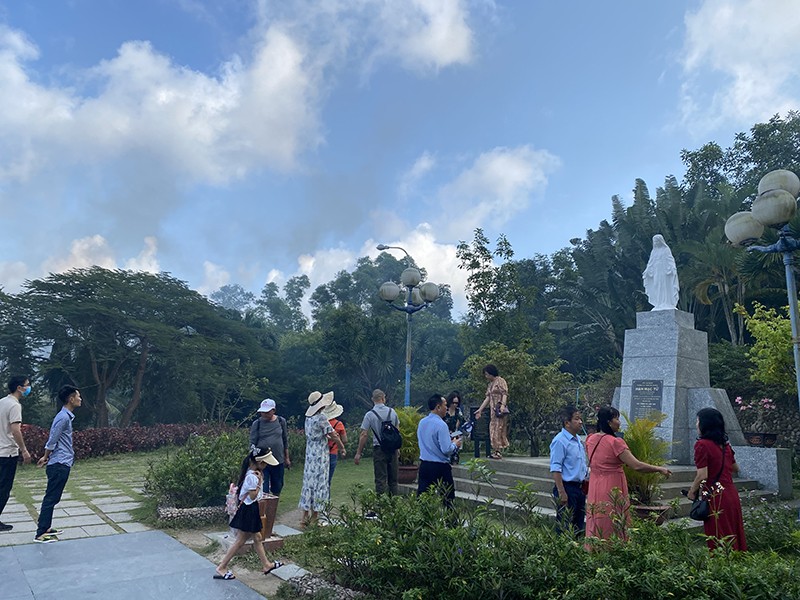 |
| Han Mac Tu's tomb on Thi Nhan hill, Ghenh Rang ward, Quy Nhon city (Binh Dinh) |
However, if we only visit Han Mac Tu's tomb on Thi Nhan hill, we will not be able to fully understand his life and poetic career, especially the short time he was treated at Quy Hoa Leprosy Hospital (also known as Quy Hoa Leprosy Camp) in Quy Hoa parish, Quy Nhon city.
Binh Dinh, the land of literature
By chance, when visiting the Twin Towers located in the center of Quy Nhon city, I came across banners and slogans that had not been taken down of the 2023 Binh Dinh Lantern Festival Poetry Festival on the occasion of the 21st Vietnam Poetry Day and images of great cultural figures and poets of the nation such as Dao Tan, Xuan Dieu, Che Lan Vien, Han Mac Tu, Quach Tan, Yen Lan...
It is not surprising that besides the three heroes Nguyen Nhac, Nguyen Hue, Nguyen Lu and many famous Tay Son generals, Binh Dinh deserves to be called the land of martial arts, they are the reason why Binh Dinh is also called the land of literature. What makes me want to learn more about Han Mac Tu is not only because his tomb on Thi Nhan hill is always a must-see destination for most tourists when coming to Quy Nhon, but also because he was a talented but ill-fated poet and because he was buried in Quy Nhon even though he was born in Dong Hoi, Quang Binh province.
Instead of visiting Thi Nhan Hill and burning incense to commemorate the poet, as many people usually do, I decided to go to Quy Hoa Leprosy Hospital. Quy Nhon, a day before, was still sunny and hot, with clear blue skies, but that day it was pouring rain, raining all the way from Han Mac Tu Street leading up to the short pass leading to National Highway 1D.
In the first book written about Han Mac Tu after the poet's death, titled Han Mac Tu in 1941, literary critic Tran Thanh Mai wrote: "Quy Nhon city can be likened to a horseshoe nestled between three surrounding mountains of the Truong Son range. The water surface is a sea.
Quy Hoa is located at the right end. Standing in Quy Nhon, looking far away, the misty depths, one can see the red tiled roof of the leprosy hospital (leprosy is leprosy). People get there by a steep mountain pass: after passing the pass, one descends into a wide valley, planted entirely with Binh Dinh coconut trees, tall and very fruitful, which has given that land a very poetic name: Vung Dua...”.
Those are the opening sentences in the section about Quy Nhon and Quy Hoa Leprosarium in the book Han Mac Tu. After typing the address of Quy Hoa Leprosarium, Google Maps only showed Quy Hoa Central Dermatology Hospital. I had to go up Quy Hoa slope to get there, but was told that this was not the place I was looking for. I had to go back to National Highway 1D.
A local showed me another slope in the opposite direction. A little further, at the top of the slope was a sign that read Quy Hoa Central Dermatology Hospital, Facility 1. I had to go through many hairpin bends before stopping in front of the bust of A. Hansen (1841-1912), a Norwegian doctor honored for his discovery of the bacteria that causes leprosy, placed outside the hospital gate.
The rain had cleared, and I went deeper into Quy Hoa Leprosy Hospital. Looking from the coast, the Garden of Medical Celebrities stood out in bright white. This is a place to remember the contributions of Party and State leaders, scientists , social and humanitarian activists for leprosy patients, with 54 busts arranged in a circle.
Not far away is a small monument depicting the pain and rise of leprosy patients with the inscription “The suffering of lepers will be past”; a statue of Marie de la Passion, founder of the Franciscan Missionaries of Mary.
Next is the stone stele engraved with a letter from President Ho Chi Minh to the health sector dated February 27, 1955. This path leads me to the Franciscan Missionaries of Our Lady Monastery, the St Francis of Assisi Church, small houses with simple architectural designs, and then to the Memorial Room of the poet Han Mac Tu, where he was treated from October 30 and died on November 11, 1940. The small room is located at the beginning of the row of tiled-roof houses, open to the public, inside are hung many picture frames with poems, images, and sayings about the poet. The wooden board hanging right above his bust is engraved with the words “…
In the future, those ordinary, standard things will disappear and what remains of this period that is significant is "Han Mac Tu" by poet Che Lan Vien, excerpted from "Memories of Han Mac Tu" published in Nguoi Moi newspaper, issue 5, November 23, 1940.
Unfortunately, this memorial room is not located near Han Mac Tu's tomb on Thi Nhan Hill, otherwise it would have created a closed tour, so that visitors could better understand his life and poetic career. If they only stopped at Thi Nhan Hill, they would not know where Han Mac Tu was first buried when he passed away at the age of 28, but they would have sensed his death in many verses. For example, the poem "Tut linh hon" with verses like "The blood has dried, the poetry has dried too/Our love has died young since when!/From now on in the wind, in the wind and clouds/The sorrowful words echo throughout the dream..."
Many emotions were mixed when I visited the first burial place of Han Mac Tu, not far from the Garden of Medical Celebrities. In the book Han Mac Tu published in 1941, Tran Thanh Mai wrote: “Han Mac Tu’s tomb has only a cross made of two sticks with a nail in the middle. Ten months after the poet died, the cross supporting his tomb collapsed…”.
He lay there for 19 years before his family and friend, poet Quach Tan, reburied him on Thi Nhan Hill in 1959. On his old grave, singer Nhat Truong (musician Tran Thien Thanh) and some artists from Ho Chi Minh City in 1985 erected a memorial in the shape of a pen and a book to mourn and remember an ill-fated talent.
Let Korean poetry burn red
From Quy Hoa Leprosy Hospital, I had to go through two slopes with many sharp turns. From the gate of Ghenh Rang Relic Site to Thi Nhan Hill, there is also Mong Cam slope, named after one of Han Mac Tu's muses. Through Mong Cam slope and the road up are stone steps, with two rows of tall areca trees providing shade, which is the tomb of Han Mac Tu.
The tomb is simply designed, with symbols of Catholicism because the poet followed the religion, the space is very open, creating a comfortable, close feeling. Tourists from all over visit quite a lot. Partly, they come here to visit Han Mac Tu's tomb, partly because they want to visit Hoang Hau beach (also known as Egg beach) because there are many round, smooth stones like giant bird eggs stacked on top of each other. Legend has it that during the times following King Bao Dai to inspect the central provinces, Queen Nam Phuong chose this place as her own beach, so the beach was named Hoang Hau from then on.
Nearby, there is another path leading to the poetry tent of Dzu Kha, who has been devoted to preserving and disseminating Han Mac Tu's poetry for more than 40 years. In the book Han Mac Tu, literary critic Tran Thanh Mai once wrote about how no one noticed or cared about Han Mac Tu when he passed away ("The funeral was very simple. No one in Han Mac Tu's family knew anything. Only one official, two scholars and his constant friend Nguyen Van Xe followed him" - quoted in Han Mac Tu) but then he also predicted that "Han Mac Tu would be "resurrected" in the memories of his poetry admirers".
When I arrived at Ghenh Rang, I thought I would not meet Dzu Kha because I did not make an appointment, but when I met him at the Han Mac Tu Poetry Garden, watched him tend the garden, listened to him read poems and told about the poet's biography, I understood why he voluntarily attached his life to Ghenh Rang, to the resting place of Han Mac Tu, used a fire pen to write Han's poems, and celebrated the poet's birthday every year as if the poet was still present somewhere.
It is no surprise that next to Han Mac Tu's grave is a plaque printed with a poem by Dzũ Kha titled "I vow to keep the fire of Han's poetry", with lines like Passion from morning to evening/Dzũ Kha's fire pen cherishes Han's poetry/Winter comes, Autumn returns, Spring comes/With someone, the golden moonlight of the ocean/Satisfied to change the game/Just hoping to find an ordinary life.
For over 80 years, since Han Mac Tu passed away, his poems have accompanied Vietnamese literature, and have been recited and read by like-minded souls and those who loved him. At Ghenh Rang, his tomb has been visited by hundreds of thousands of people. As poet Che Lan Vien said in the preface to the Han Mac Tu Anthology (Literature Publishing House, 1987), “…
Before there was no one, after there was no one, Han Mac Tu was like a comet streaking across the Vietnamese sky with its brilliant, dazzling tail.
Ghenh Rang in the late afternoon, when I left there, the sky suddenly became bright and unusually clear.
Nhandan.vn


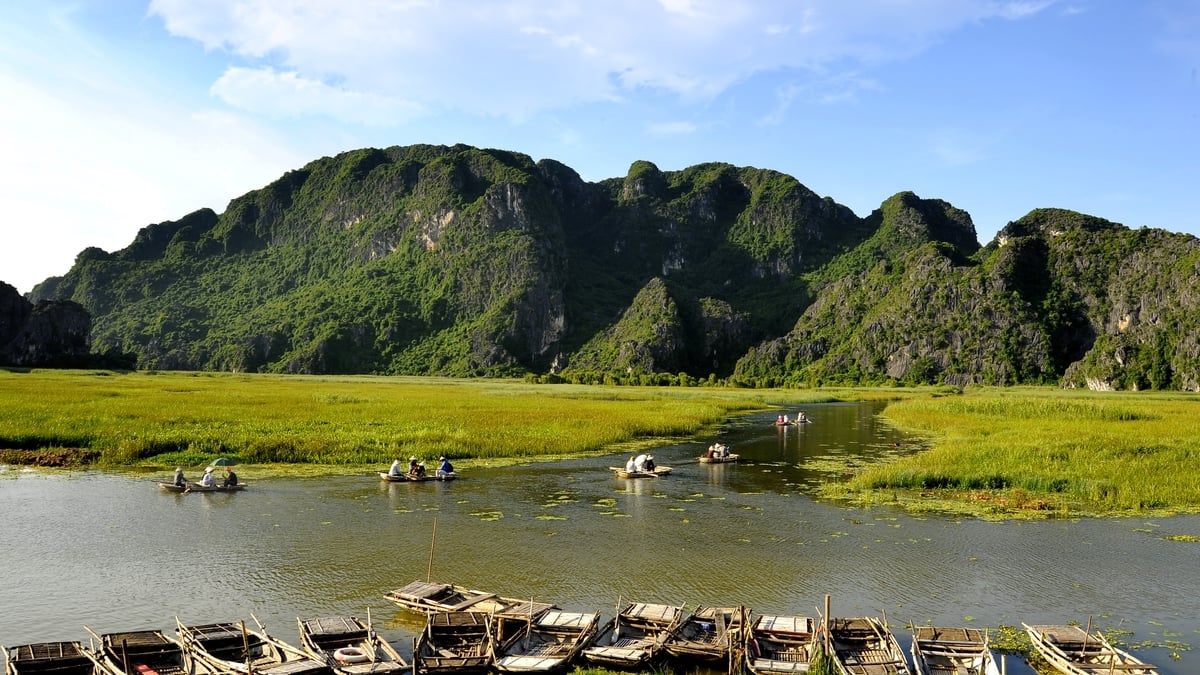

![[Photo] First training session in preparation for the parade to celebrate the 80th anniversary of National Day, September 2nd](https://vphoto.vietnam.vn/thumb/1200x675/vietnam/resource/IMAGE/2025/6/25/ebf0364280904c019e24ade59fb08b18)
![[Photo] General Secretary To Lam works with the Standing Committee of Quang Binh and Quang Tri Provincial Party Committees](https://vphoto.vietnam.vn/thumb/1200x675/vietnam/resource/IMAGE/2025/6/25/6acdc70e139d44beaef4133fefbe2c7f)
![[Photo] More than 124,000 candidates in Hanoi complete procedures for the 2025 High School Graduation Exam](https://vphoto.vietnam.vn/thumb/1200x675/vietnam/resource/IMAGE/2025/6/25/fa62985b10464d6a943b58699098ae3f)
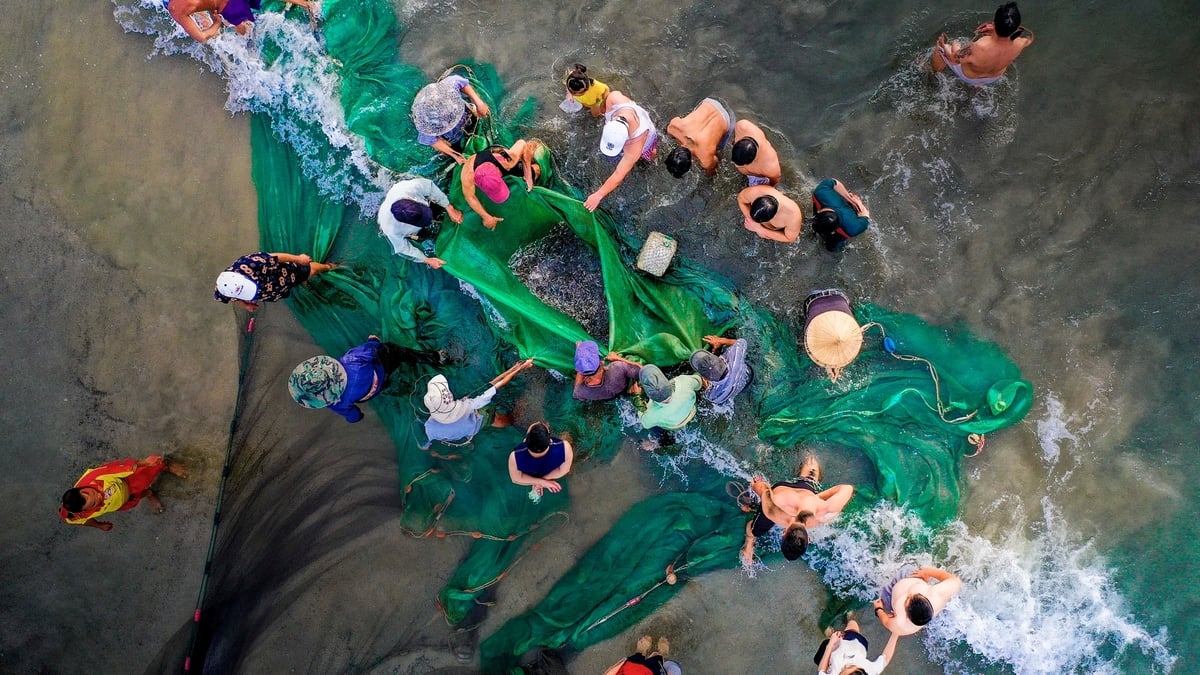
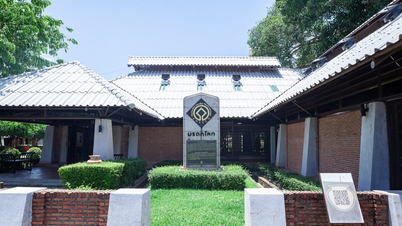

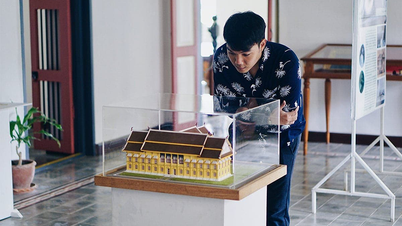
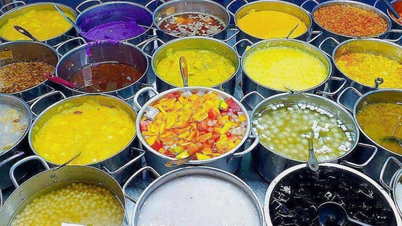

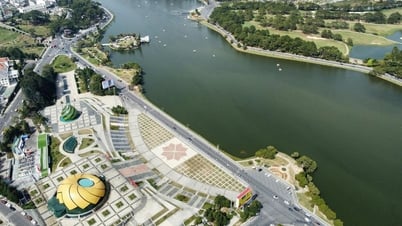






![[Photo] More than 124,000 candidates in Hanoi complete procedures for the 2025 High School Graduation Exam](https://vphoto.vietnam.vn/thumb/402x226/vietnam/resource/IMAGE/2025/6/25/fa62985b10464d6a943b58699098ae3f)
![[Photo] First training session in preparation for the parade to celebrate the 80th anniversary of National Day, September 2nd](https://vphoto.vietnam.vn/thumb/402x226/vietnam/resource/IMAGE/2025/6/25/ebf0364280904c019e24ade59fb08b18)

![[Infographic] Things candidates need to note in the 2025 High School Graduation Exam](https://vphoto.vietnam.vn/thumb/402x226/vietnam/resource/IMAGE/2025/6/25/8fe0b55c81124650ae3c827bceddcc69)
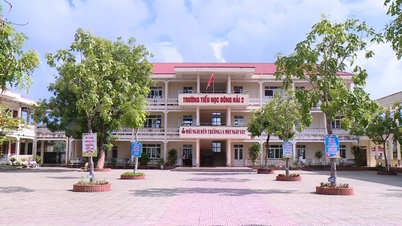
![[Photo] General Secretary To Lam works with the Standing Committee of Quang Binh and Quang Tri Provincial Party Committees](https://vphoto.vietnam.vn/thumb/402x226/vietnam/resource/IMAGE/2025/6/25/6acdc70e139d44beaef4133fefbe2c7f)






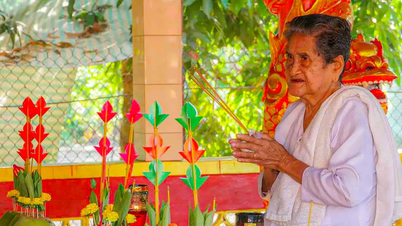



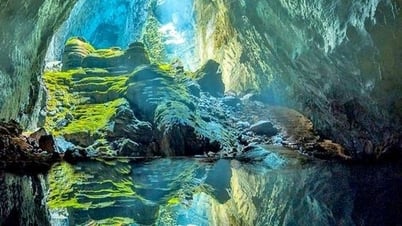




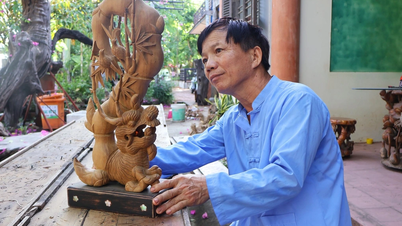



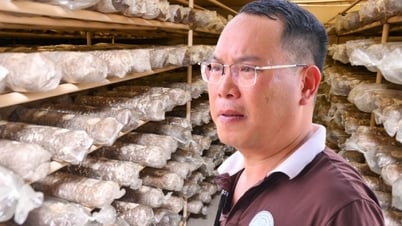






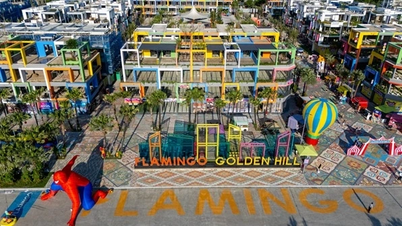






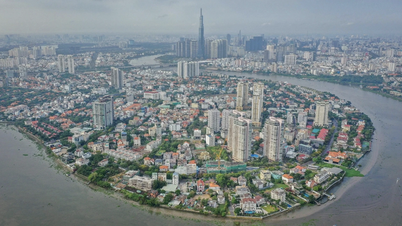
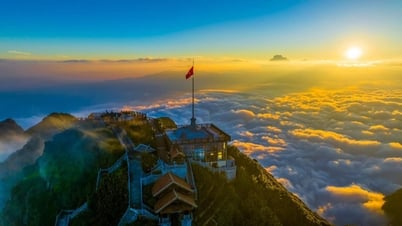

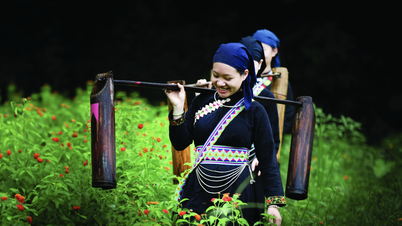

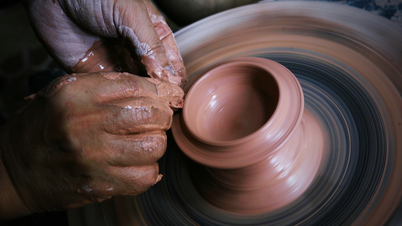


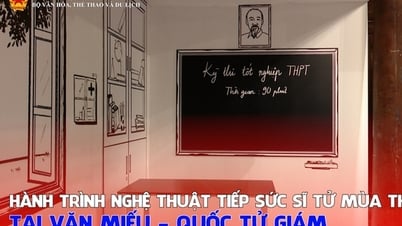

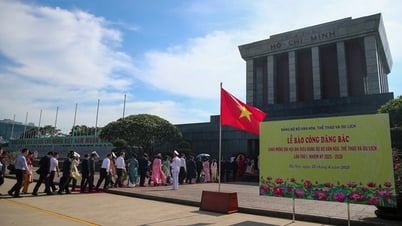
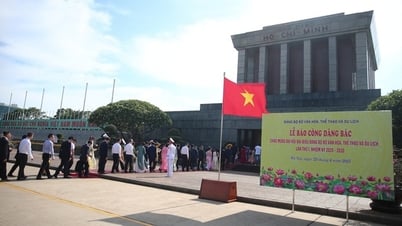
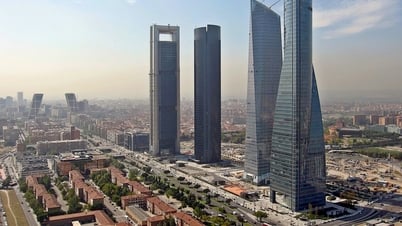



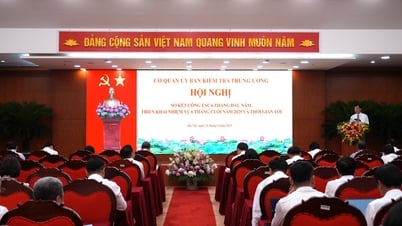
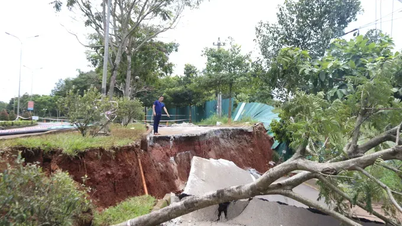


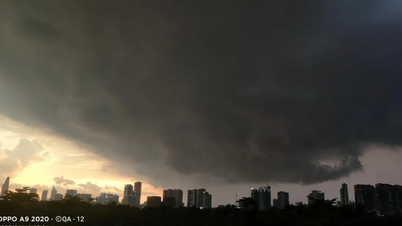















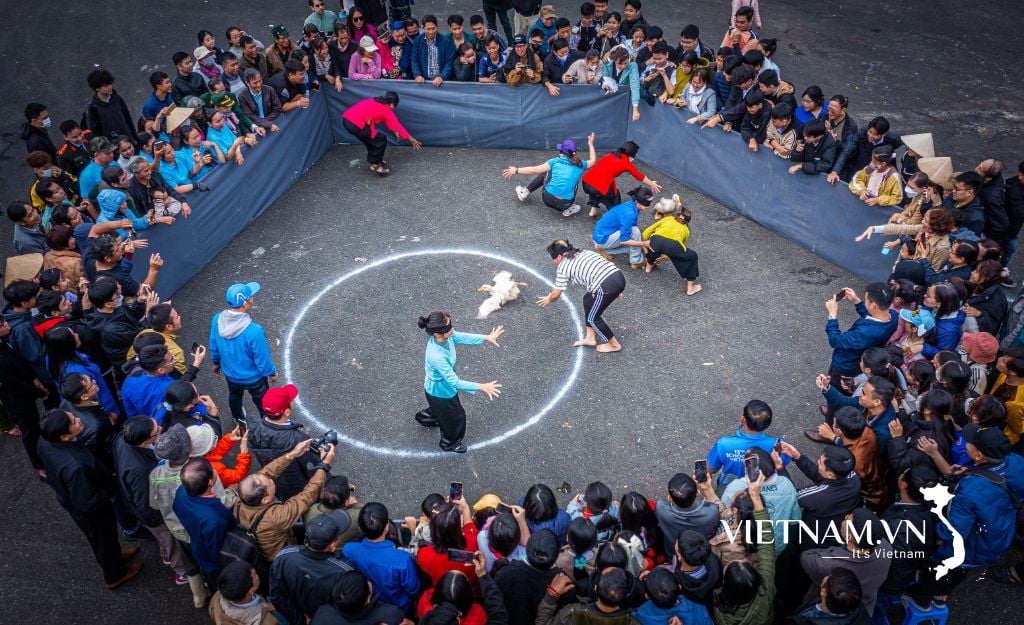

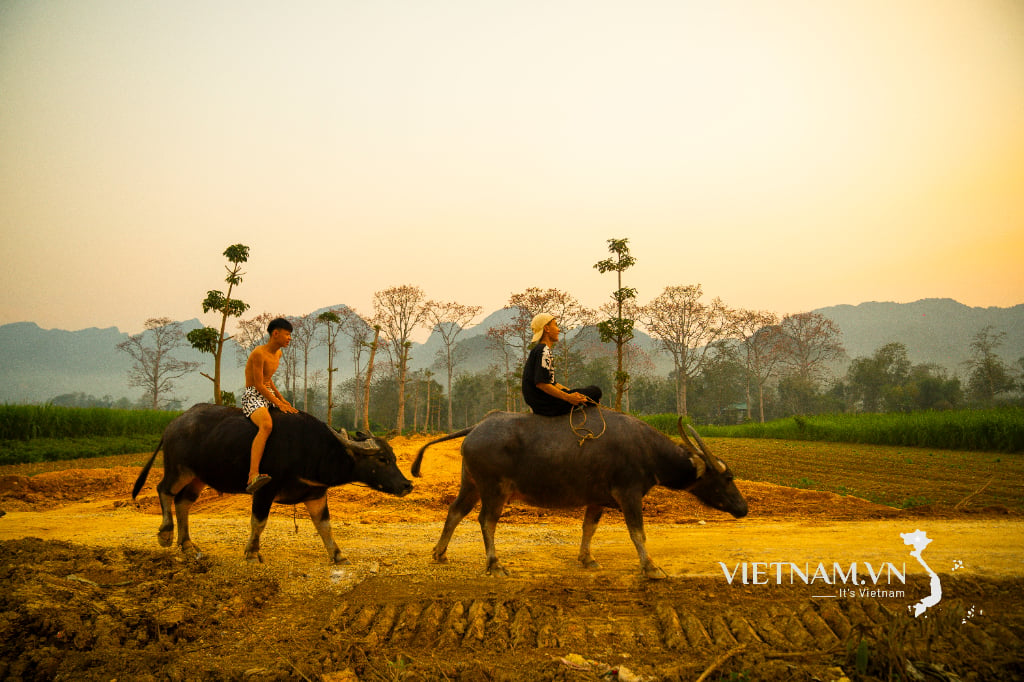

Comment (0)